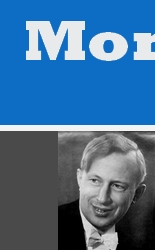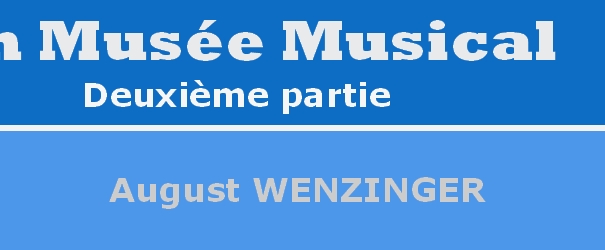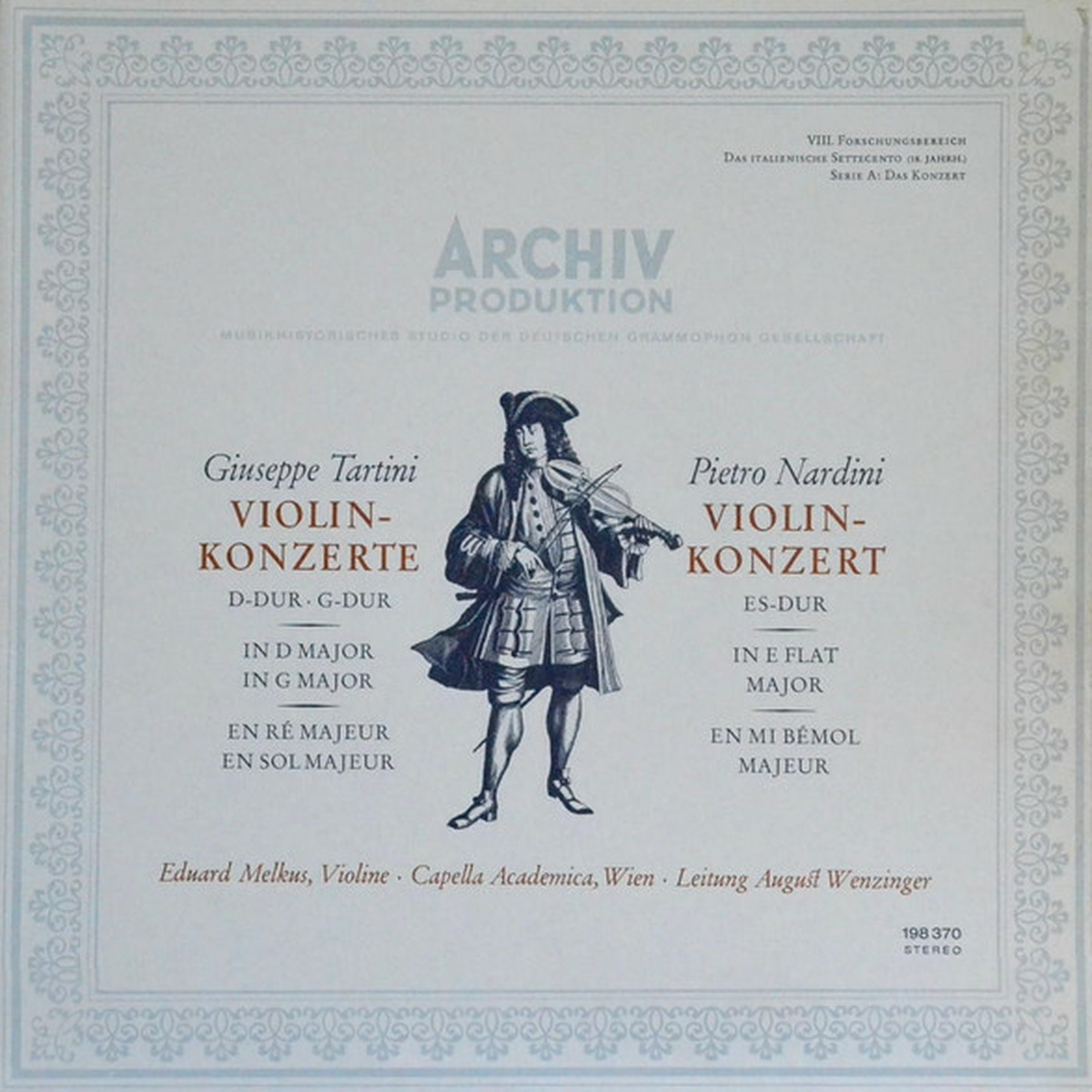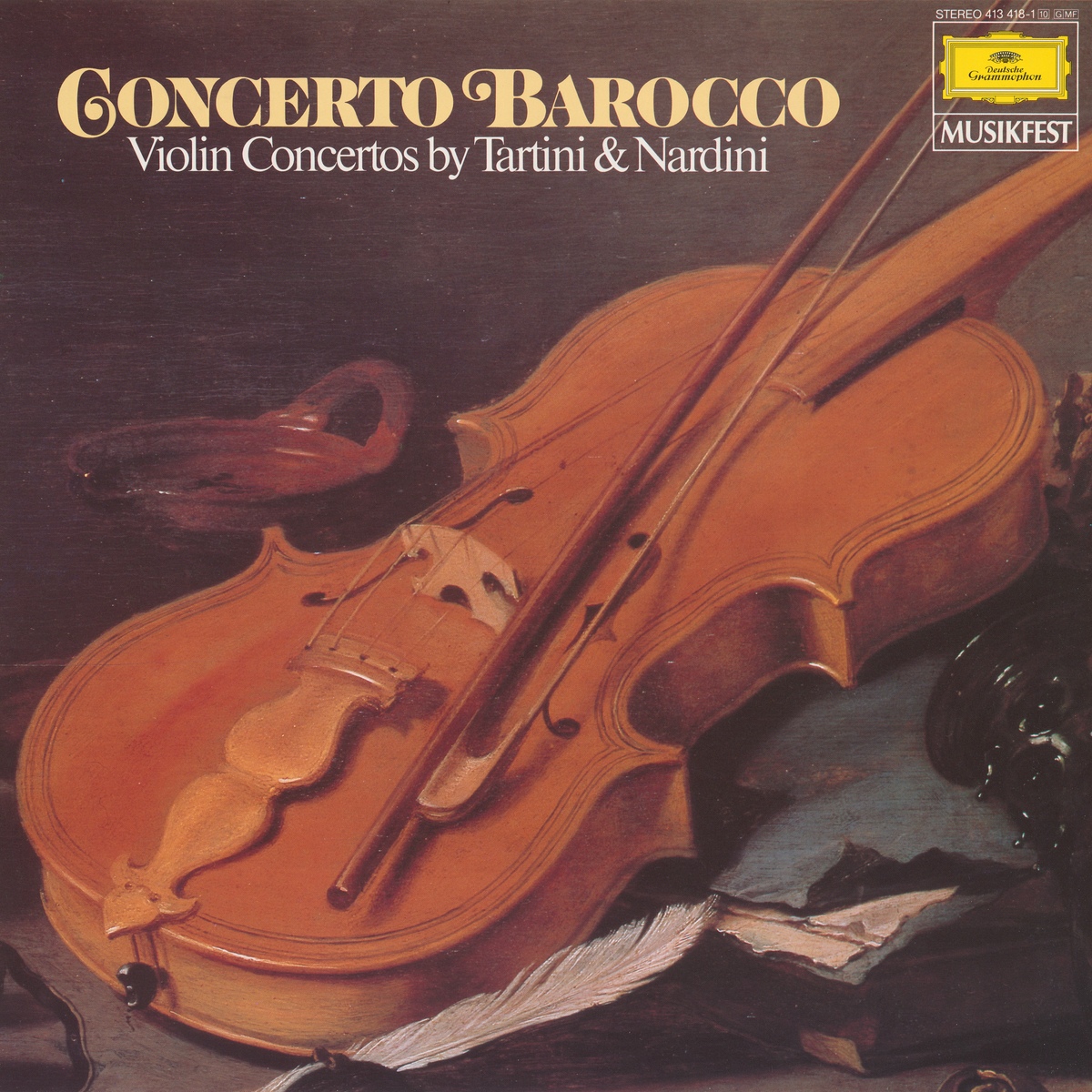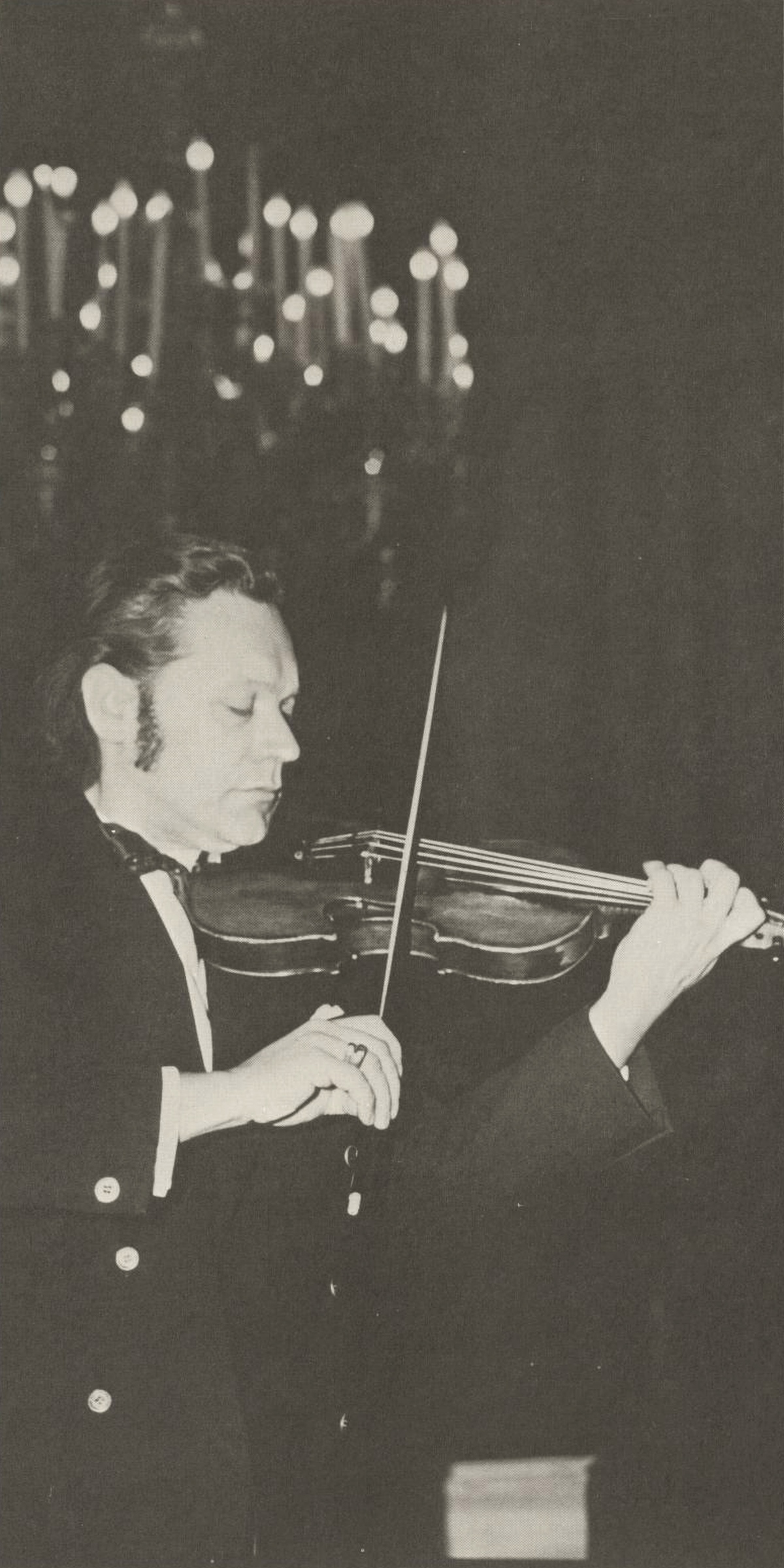
Eduard MELKUS, un portrait fait par Andy BERNHAUT, Wien, pour Archiv Produktion
Voici donc...
Pietro Nardini, Concerto pour violon en mi bémol majeur, Eduard Melkus, Capella Academica, Wien, August Wenzinger, 11-14 février 1966, Studio Wien-Film, Rosenhügel, Wien
Instrumentation: violon solo, cors I/II, violons I/II, alto, violoncelles, violone, clavecin
